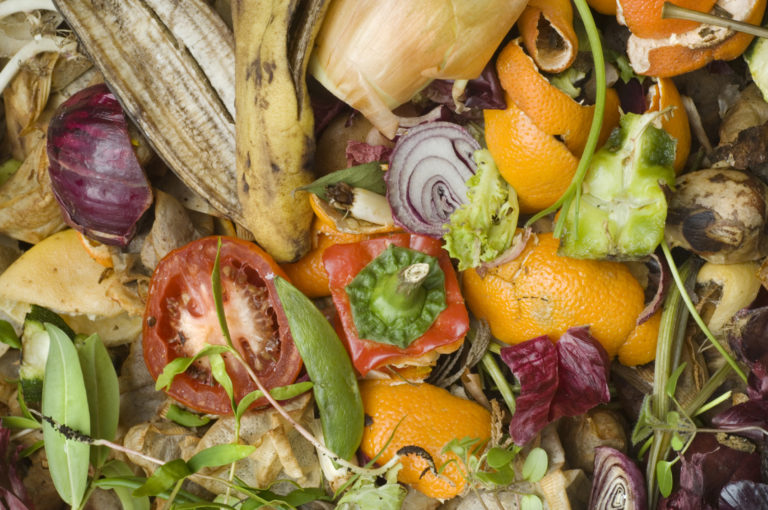Converting food waste into highly sought after graphene and hydrogen

Food is a valuable resource and yet in the UK around 15 million tonnes of food gets wasted every year. This figure gets even scarier when looking collectively across all the member states of the European Union (EU), where 88 million tonnes of food gets wasted annually. The future doesn’t look promising, as it is further estimated that approximately 140 million tonnes of food waste per year will be generated in the EU alone by 2020. In light of this, the whole world’s food waste figures seem to be insurmountable, currently ranging at several billion tonnes per year. The 2014 EU data shows that almost 50% of food waste comes from private households, about 39% from food and drink manufacturing, 14% from food service / hospitality, and some 5% from retail and wholesale (source: European Union Committee, 2014, Counting the Cost of Food Waste).
While various local, national and world-wide initiatives encourage households, businesses and authorities to become more mindful about their food usage, these efforts are barely starting to scratch the surface with decreasing the exponential rate at which food wastage gets generated.
FGV Cambridge Nanosystems, together with our PlasCarb Project partners, may just have the right large-scale solution for managing the plethora of the world’s food waste. The multi-faceted nature of our proposed solution is very promising for the modern world, where increasing population, advanced technologies and limited fossil fuels have forced authorities to search for alternative energy and material sources. Specifically, huge amounts of food waste can be not only anaerobically digested to form biogas and in the process decrease greenhouse gas emissions and demands put on landfills, but they can also be transformed into two high value graphitic products – graphene and hydrogen:
- Graphene, which is currently called the ‘wonder material of the 21st century’, is around 200 times stronger than steel yet lightweight and flexible and more conductive than copper. It is a truly extraordinary material having the potential to radically reshape the way we think, design and manufacture in a host of areas – from racing cars to rust-free paint, from mobile phones to medical science.
- Hydrogen, which is not found in pure form on Earth, lies at the centre of an international hydrogen economy initiative to use this low-carbon energy source for replacing, for example, gasoline as a transport fuel or natural gas as a heating fuel. Hydrogen is highly attractive because, whether it is burned to produce heat, or reacted with air in a fuel cell to produce electricity, its only by-product is water.
To provide proof of concept for the sustainability of this potential solution, we are currently part of a 3-year Horizon2020 project, where our proprietary microwave plasma technology is used to transform food waste based biogas into graphitic carbon and hydrogen. See the PlasCarb project’s latest report on food waste statistics in Europe and our prototype solution for significantly minimising them.
As soon as we will finalise the PlasCarb project at the end of 2016, we will be working tirelessly with authorities and businesses all around the world to embed this food waste transformation infrastructure into the blood stream of new energy and material production efforts.




